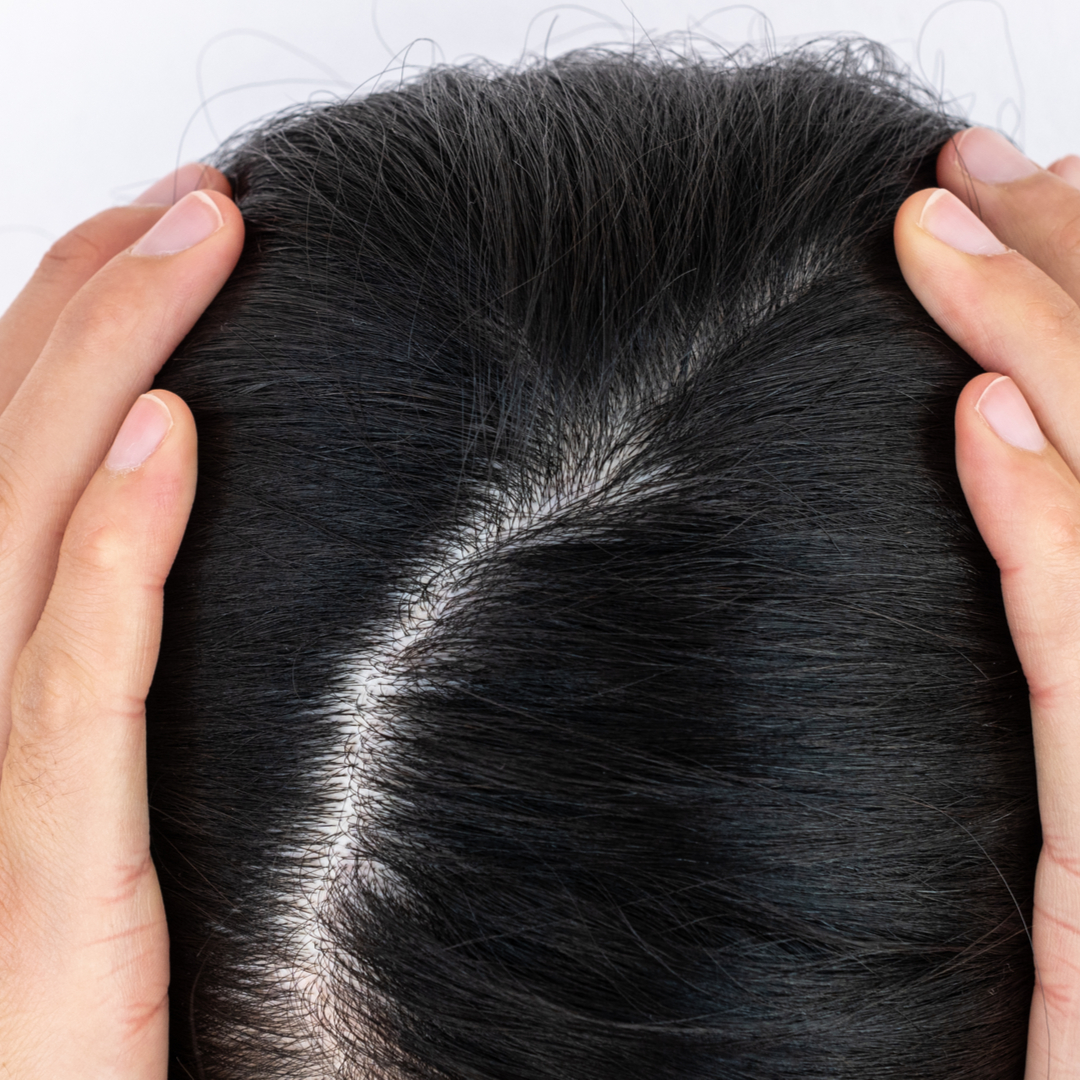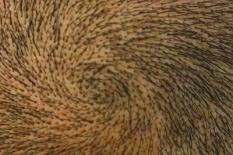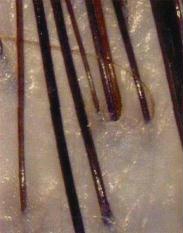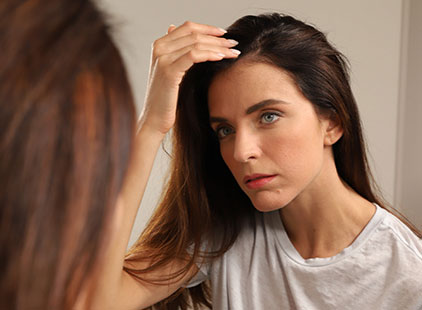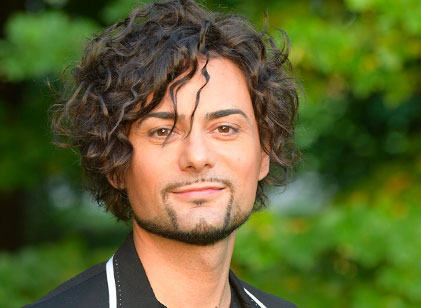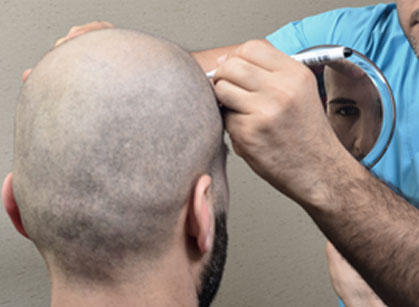Hyperseborrhea
Hyperseborrhea or hypersecretion of sebum is simply a scalp problem due to an excessive production of sebum caused by hyperactivity of the sebaceous glands. Immediate symptoms of hyperseborrhea are scalp itchiness and pain. However, a later symptom is hair loss.

 English
English  Italiano
Italiano  Français
Français  Español
Español 